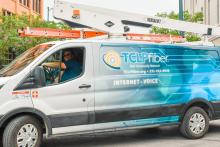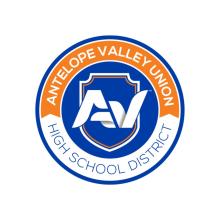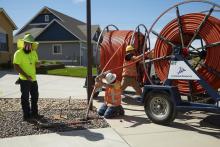
Colorado has long been home to some of the most innovative municipal broadband projects in the country. That trend has only accelerated with last year’s voter-approved elimination of municipal broadband restrictions, and it’s now being buoyed by a massive new wave of state grants that should further expand affordable broadband to long-neglected parts of the state.
Colorado Gov. Jared Polis recently announced the first of multiple broadband investments using stimulus funding from the U.S. Treasury’s Capital Projects Fund (CPF) program. The CPF is funded by $10 billion made possible by the American Rescue Plan Act (ARPA), and is a key part of the state’s goal to bring affordable broadband to 99 percent of Colorado residents by 2027.
According to the Governor’s office, the state just authorized $113 million in CPF funds on 13 projects that will bring fiber service to nearly 19,000 homes and businesses across Colorado. State officials say the funding will be heavily focused on projects in the South and Southwest portion of the Centennial State, where connectivity needs are greatest.
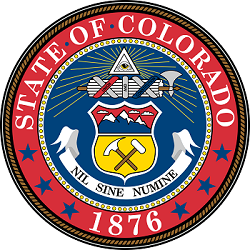
The Colorado Broadband Office says it received 112 applications asking for more than $642 million in broadband funding across the state–five times greater than the allotted awards.
Officials had previously stated that 96% of applications received were for fiber broadband deployments, which took priority over alternatives like fixed wireless. To meet grant eligibility requirements, projects needed to provide broadband service capable of at least 100 megabits per second (Mbps) downstream, and 20 Mbps upstream.
“In a world that turned to virtual connections during the pandemic, it’s critical to ensure Coloradans have Internet access,” said Brandy Reitter, Executive Director, Colorado Broadband Office. “These awarded broadband projects will provide Coloradans in unserved and underserved communities with more opportunity and resources.”
Colorado’s focus on locally-owned providers – whether private or municipal efforts – is a notable departure from many states, where giant national incumbents tend to hoover up the lion’s share of state and federal funding despite decades of failing to follow through on heavily-subsidized broadband deployment promises.
Locally Owned Larimer County Munis Major Winners In Funding Round
The biggest winner in this CPF funding round was Montrose-based Clearnetworx, which received $25.3 million to provide broadband access to 4,102 unserved or underserved homes and businesses across Montezuma, Archuleta, La Plata, and San Miguel Counties.
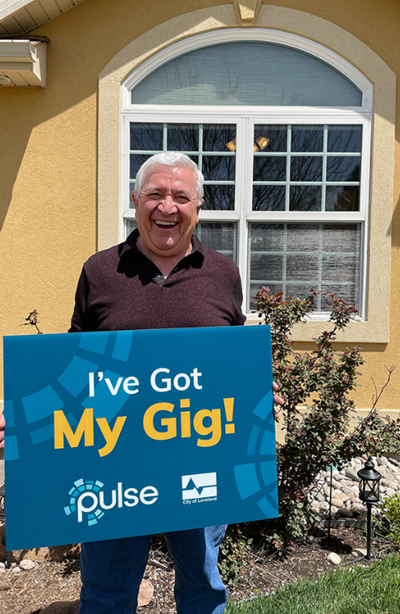
But Larimer County in particular – home of some of the most disruptive municipal broadband operations in the country – also saw a major infusion of new funding for several community-owned providers working to bridge the digital divide.
That includes Loveland’s Pulse, a city-owned municipal broadband utility, which received $3.23 million across three grants to expand affordable fiber to 419 unserved locations in the Hidden Valley Estates, Pole Hill, and Storm Mountain regions.
On time and on budget, Pulse just completed the $110 million construction of a citywide fiber network – Loveland’s largest capital project in the city’s history.
After launching in June of 2020, the deployment involved 631 miles of conduit and laying over 1,316 miles of fiber-optic cabling, funded by revenue bonds backed by the Loveland electric utilities enterprise fund.
As a result, Loveland residents now have access to fiber speeds up to 10 gigabits per second, at prices far lower than any regional monopoly. But the city-owned utility isn’t finished: it recently struck an Inter-Governmental Agreement with neighboring Timnath, Colorado to build a new $20 million fiber deployed and operated by Pulse (not funded by this latest CPF round).
“There just wasn't a lot of investment being made by the incumbents or by anyone else, to come into our community and provide those advanced services,” Pulse Broadband Manager Brieana Reed-Harmel recently told Fierce Telecom. “And because of that, we decided to go our own way and build it ourselves.”
Another major winner in Colorado’s latest round of broadband funding was Fort Collins’ national-award winning community-owned and operated Connexion network. Connexion just passed its six year anniversary, and the city completed construction of the network within city limits this past April.

Like Loveland, Fort Collins has now started striking intergovernmental agreements with unserved neighboring communities in Larimer County in a bid to further extend affordable access to locals long-neglected by regional monopolies.
Those efforts received a massive boon in the form of $10.7 million in CPF grants to expand fiber service to 1,409 addresses in neighboring unincorporated areas of Poudre Park, Red Feather Lakes, and Rist Canyon – as well as an additional project expanding access to the Colorado State University Mountain Campus.
Other CPF grant winners included the Southern Colorado Economic Development District ($12.5 million), Delta Montrose Electric Association ($5.14 million), Wyoming-based Visionary Broadband ($5.2 million) and the Southern Ute Indian Tribe ($8.57 million). The full list of award winners is available via the Colorado Broadband Office website.
Attention Now Turns Toward BEAD Grants To Finish The Job
The Colorado Broadband Office (CBO) is now conducting a challenge and appeals process to address any concerns about broadband availability and grant denials. Once award winners are finalized, grant applicants have until the end of 2026 to finish their assigned projects or risk losing state funding.
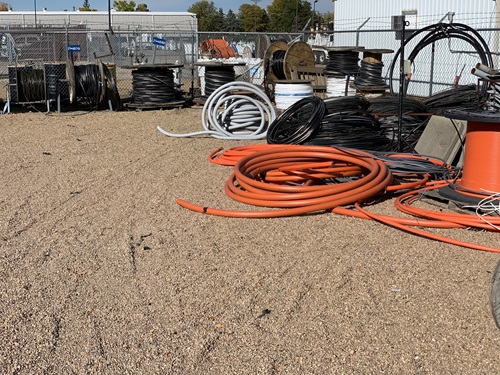
Colorado state leaders say they’re also preparing to allocate the more than $826 million in Broadband Equity, Access and Deployment (BEAD) funding made possible by the 2021 passage of the Infrastructure Investment and Jobs Act.
The state hopes that BEAD will help drive access to the remaining 10 percent of addresses deemed under or unserved. There’s no shortage of both thanks to the state’s sparsely populated topography, which ranges from mountainous terrain that blocks fixed wireless line of sight – to the state’s western desert plains. But like many states, even more densely populated markets are often left underserved and over-charged due to unchecked consolidation of monopoly power.
After decades of frustration at the high prices, slow speeds, and patchy availability of broadband options by entrenched providers, Colorado has made it clear it wants to prioritize locally owned and operated broadband alternatives. And those popular community-owned providers are increasingly demonstrating they’re up to the task both at home and in their backyards.


